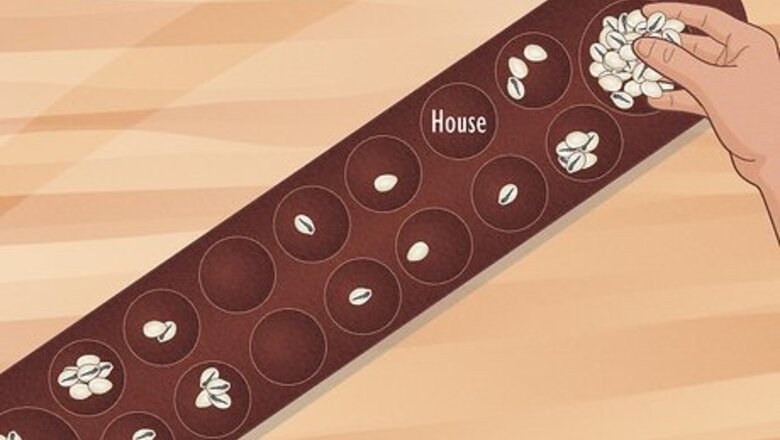
views
- Player Count: 2
- Age range: 6 and up
- Required materials: Congkak board, 98 pieces (marbles, shells, seeds, or other small counters)
Objective

In a game of Congkak, players compete to have the most pieces into the large holes on the ends of the board, known as “storehouses”.During a turn, a player picks up all the pieces in one of the smaller holes (“houses”) and distributes them one at a time around the board.Depending on where a player drops the last piece on their turn, they may be able to take another turn or capture pieces from their opponent.
Setup
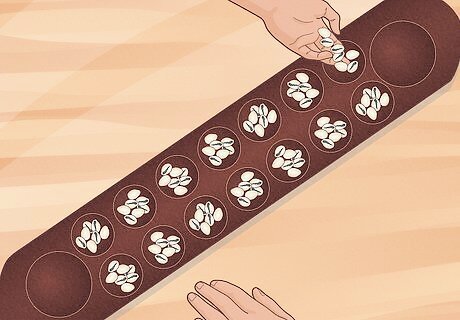
Fill the smaller holes on a congkak board with 7 pieces each. A congkak board has 2 rows of 7 smaller holes called the “houses” and 2 larger holes on the ends called “storehouses.”Each player sits in front of one row of houses so their storehouse is on their left.Fill each of the houses with 7 pieces, like marbles, shells, seeds, or any other small objects you have on hand. Leave the storehouses empty.
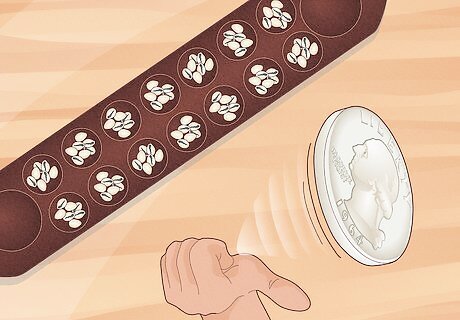
Choose a first player at random. It doesn’t matter how you decide who takes the first turn, so flip a coin, play rock-paper-scissors, or choose at random.Alternatively, let the youngest player or the person who won the last game go first.
Gameplay
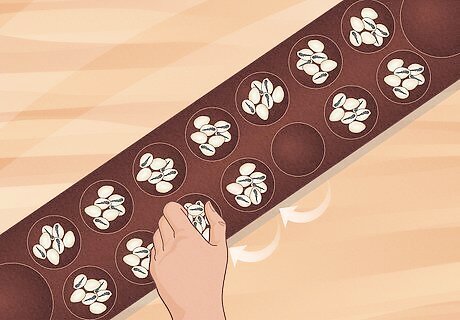
Take the pieces from one house and distribute them clockwise. On your turn, choose one of the 7 houses in the row closest to you and take out all the pieces. Go clockwise around the board dropping 1 piece at a time into each house.Be sure to drop a piece into your storehouse each time you pass it, but skip over your opponent’s.In some variations, both players choose one of their houses and distribute pieces at the same time before alternating turns.

Continue your turn if you drop your last piece in a house with other pieces. If you put your last piece into any house that already has pieces in it, pick them all up and keep distributing them clockwise around the board.If you place the last piece in your storehouse, choose any other house on your side of the board and take another turn.Strategy Tip: Pick houses on your turn that will let you make multiple moves. Count how many pieces are in a house before choosing it to figure out where the last piece will end up.
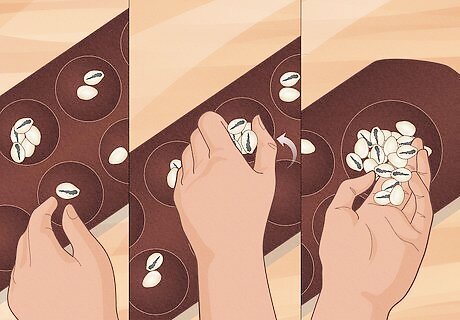
Capture opponent pieces if your last piece goes in one of your empty houses. If you drop your last piece into one of your empty houses, place that piece and all the pieces in the house directly across from it in your storehouse.If the house on your opponent’s side of the board is empty, just place your last piece into your storehouse.Capturing pieces ends your turn immediately.
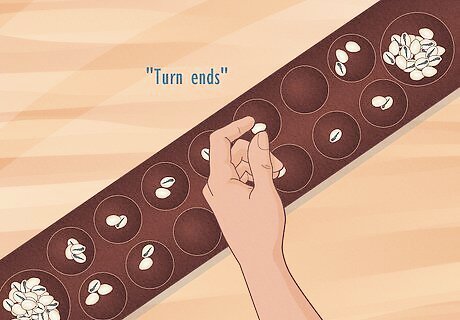
Lose your turn if you put your last piece in an opponent’s empty house. If you place your last piece into an empty house on your opponent’s side of the board, then it immediately ends your turn. Try your best to plan your moves so you end in a house that has other pieces in it.
Winning the Game
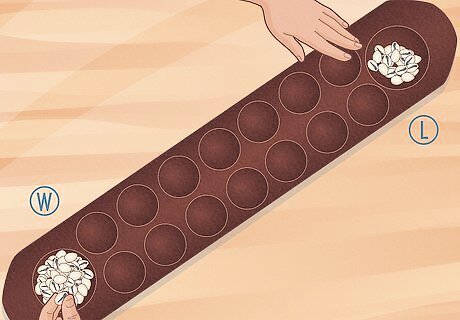
Win if you have the most pieces in your storehouse. Alternate turns until you’ve moved all the pieces from the houses into the storehouses on the board, which ends the game.Count up all the pieces in your storehouse, and whoever has the most is the winner!

Redistribute the pieces and continue playing for a longer game. If you want to play a second round of Congkak, empty your storehouse. Start at the left-most house, and place 7 pieces into each of your houses.If you’re able to fill all your houses with pieces, put any extras back into your storehouse.If you don’t have enough pieces, any empty houses on your side of the board are considered “burnt.” If a player accidentally drops a piece into a burnt house, the piece goes straight into their opponent’s storehouse.Whoever had fewer pieces starts the next round, following the same rules as before. The game ends once a player loses all their pieces or once all their houses are burnt.




















Comments
0 comment